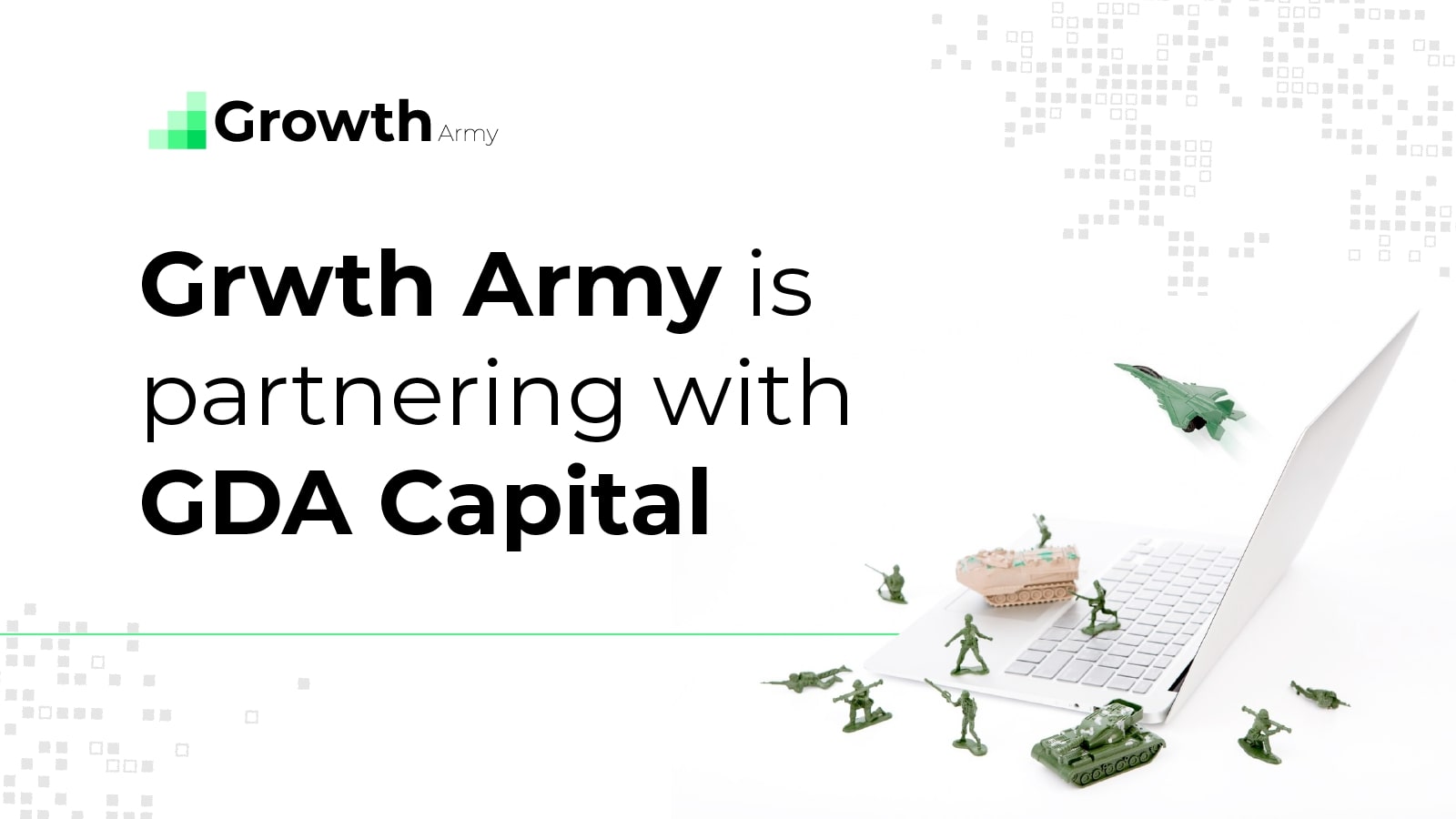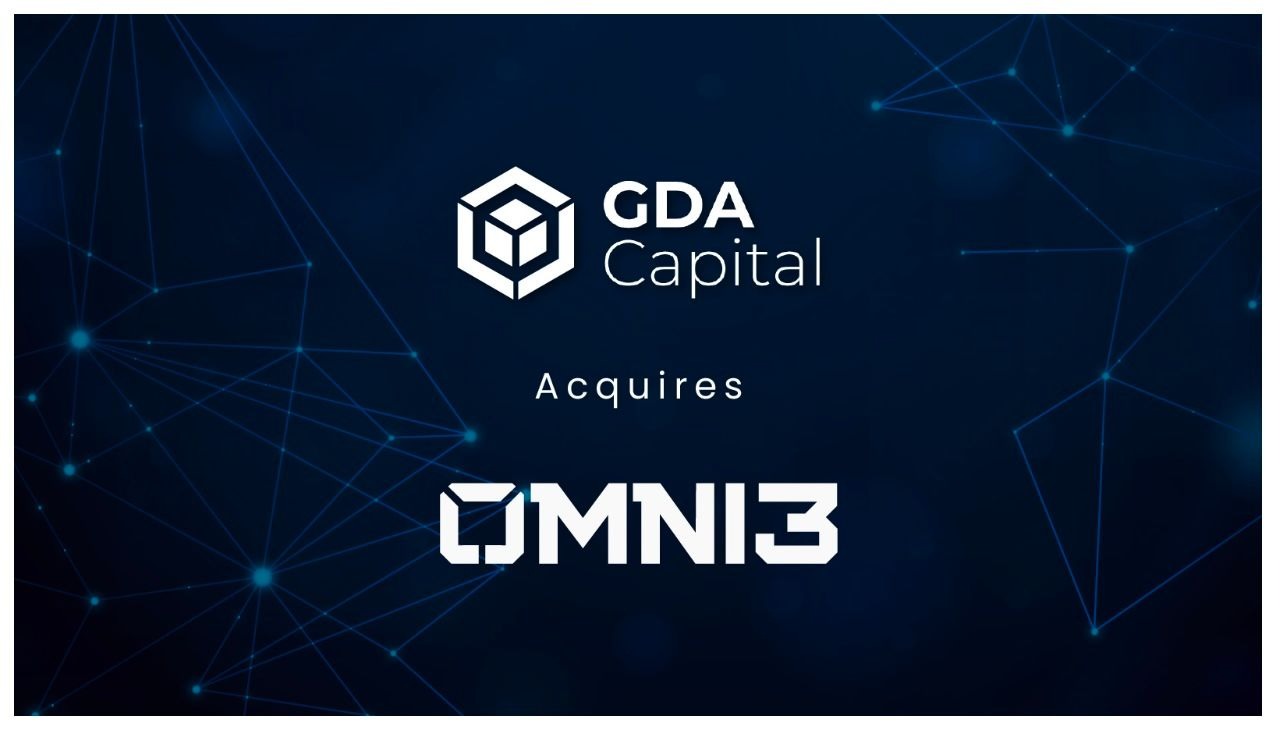Launched in 2013, Ripple is a blockchain-powered network that seeks to enhance international money transfers. It is essentially a payment settlement system and an exchange network that can process transactions worldwide.
Ripple is not exactly a cryptocurrency, but a digital payment network based on a decentralized peer-to-peer platform. Instead of relying on conventional blockchain mining, the network relies on a unique distributed consensus mechanism.
Unlike other blockchain-powered networks, Ripple does not have a single prominent creator, but rather a group of founders and early backers who kickstarted the project. Some of the founders include technologist Jed McCaleb, who founded the first bitcoin exchange, and Chris Larsen, who founded E-LOAN and Prosper.
How Ripple Ledger Works
The Ripple ledger works by simply allowing users to send and receive virtual currencies using public and private cryptography. Unlike other projects, the XRP ledger does not rely on mining or require specialized computing hardware to verify transactions initiated on the network.
Instead, the XRP ledger allows servers to send transactions that are in return verified on the network. A poll is normally conducted by nodes involved in the network to verify transaction authenticity. XRP nodes can validate transactions as long as 80% of the participants deem them to be valid.
The verification process is instantaneous, allowing the network to verify and approve transactions quickly without any central authority.
Why Ripple
The traditional financial industry relies on the Society for Worldwide Interbank Financial Telecommunications (SWIFT) to process transactions. While this system is effective, it can be costly to the end-users and does not process transactions instantaneously.
Ripple aims to change all this by providing a blockchain-powered network that offers an efficient system that financial systems can use to enable the direct transfer of money in real-time and at the lowest cost. The system is also secure and more transparent than most other systems deployed in the traditional financial industry.
Under Ripple, various solutions exist that enable the real-time transfer of money. RippleNet, for instance, is a global network that financial institutions can use to transfer money more quickly with enhanced transparency.
What is XRP
XRP is the native token that powers the Ripple network. It operates like any other cryptocurrency allowing people to send and receive money on the Ripple network. Its main role is to act as an intermediate mechanism that enables the exchange between two fiat currencies on networks.
| Token | Ripple XRP |
| Market cap | $50.7B |
| 24-hour volume | $5.6B |
| Total supply | 99,990,181,120 XRP |
| Circulating supply | 47,015,237,181 XRP |
| Max Supply | 100,000,000,000 XRP |
| Arweave AR ROI | 18269.39% |
| All Time High | $74.03 |
Unlike other cryptocurrencies, XRP is designed for financial institutions that can use it to enhance money transfer without pre-funding accounts. Institutions that use the RippleNet to enable transactions have an option of using XRP for money transfers.
XRP coins can be sent directly without needing central authority. At inception, about 100 billion XRP coins were pre-mined and have been released gradually to the market.
XRP is currently the seventh-largest cryptocurrency by market value, having appreciated by more than 350% year-to-date. Its value has been increasing owing to the increased use of the Ripple network to enable fast and seamless transactions. The use of the network in the mainstream financial system has only gone to fuel demand for the XRP coin.



